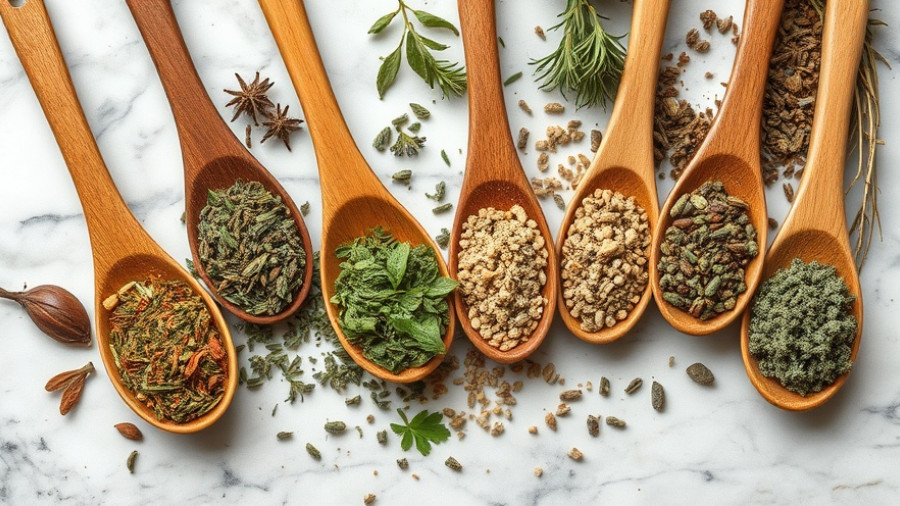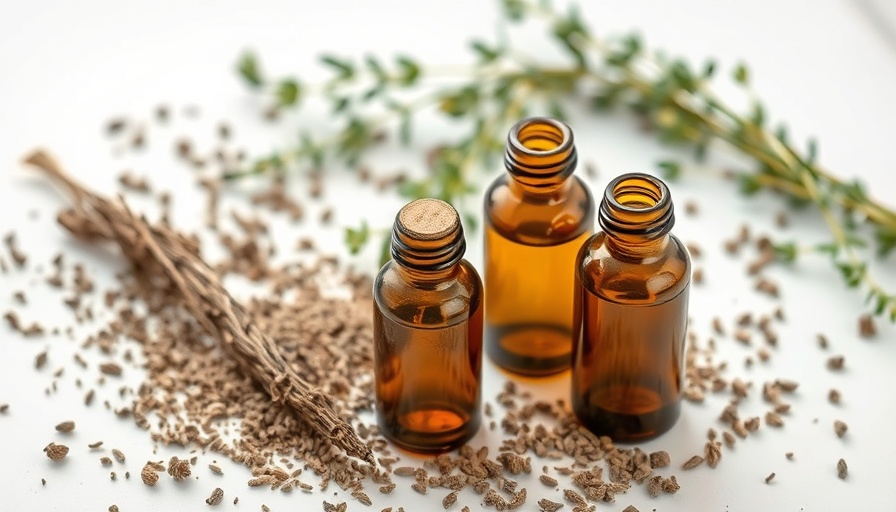
The Healing Power of Spices: A Natural Relief for Colds and Flu
As the chilly months approach, many of us prepare to battle the inevitable sniffles and aches that come with cold and flu season. Did you know that the spices already in your kitchen could be your first line of defense? For centuries, various cultures have turned to spices for their healing properties, deeply rooted in practices such as Chinese medicine and Ayurveda.
When it comes to the uncomfortable symptoms of colds and flu—sore throat, congestion, and fatigue—certain spices can provide relief. While they shouldn’t replace medical treatment for serious illnesses, they are natural allies in enhancing your recovery process.
What Makes Spices Beneficial?
Spices pack a punch of nutrients that can bolster your immune system. Many are rich in antioxidants, vitamins, and minerals, contributing to overall health. Their effectiveness often stems from their natural anti-inflammatory and antiseptic properties, allowing them to tackle persistent symptoms and support your body's healing processes. For example, warming spices can stimulate blood flow, helping your body eliminate toxins more efficiently.
Top Spices to Combat Cold and Flu Symptoms
Here’s a closer look at the most effective spices you can use to manage your cold and flu symptoms:
- Ginger: Known for its anti-inflammatory properties, ginger can soothe a sore throat and clear blocked airways. A comforting cup of ginger tea with lemon and honey can work wonders against discomfort.
- Tumeric: Renowned for its healing capabilities, turmeric contains curcumin, which has been shown to possess potent anti-inflammatory and antioxidant properties. A warm cup of golden milk, made with turmeric, can support your body in fighting off illness.
- Cinnamon: This warming spice enhances not only the flavor of your drinks but can also provide relief from coughs. It's comforting in teas and oatmeal, offering both flavor and health benefits.
- Thyme: With its historical reverence in folk medicine, thyme is known for its soothing effects on the respiratory system. It can be enjoyed in herbal teas or homemade cough syrups.
- Peppermint: A natural decongestant, peppermint can relieve headaches and clear nasal passages. A soothing peppermint tea can help you breathe easier.
- Garlic: Often hailed as an immune booster, garlic contains compounds that can fight off pathogens, making it a powerful addition to your meals when you’re feeling under the weather.
Incorporating Spices Into Your Diet
When you're feeling run-down, the key is to infuse your meals and teas with the healing power of spices. A warming ginger tea, a comforting bowl of soup spiced with garlic and turmeric, or a hot drink flavored with cinnamon can provide both relief and comfort.
Beyond Cold Symptoms: The Global Perspective on Spices
Spices not only offer immediate relief but also play a crucial role in maintaining our overall health. Across cultures, like the use of basil, marjoram, and oregano in Mediterranean cuisine, spices have medicinal value and contribute to a healthier lifestyle. This global approach emphasizes the importance of integrating spices into our daily routines, especially during cold and flu season.
Conclusion
As we prepare for another cold and flu season, consider making spices a key part of your wellness strategy. They can support your immune system and alleviate symptoms naturally. Remember to enjoy the flavors and warmth they bring to your meals while your body fights back against colds and flu.
Now is the perfect time to stock up on your spice cabinet—future you will be grateful when cold season hits!
 Rij toevoegen
Rij toevoegen






Write A Comment